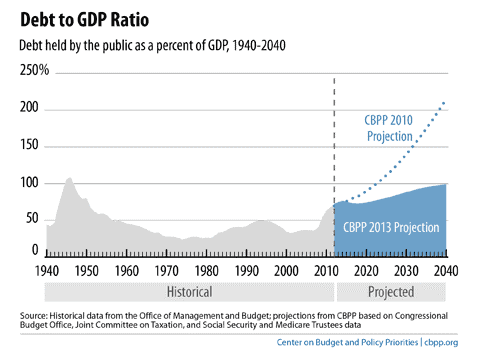A couple of weeks ago Matthew Miller and Peter Newcomb gave Bloomberg News’s take about how, in 2013, it was very good to be the billionaire. Insanely good. Crazy good:
Matthew G. Miller and Peter Newcomb: Billionaires Worth $3.7 Trillion Surge as Gates Wins 2013: “The richest people on the planet got even richer in 2013, adding $524 billion to their collective net worth, according to the Bloomberg Billionaires Index, a daily ranking of the world’s 300 wealthiest individuals… aggregate net worth… stood at $3.7 trillion at the market close on Dec. 31, according to the ranking…. Bill Gates… was the year’s biggest gainer… fortune increased by $15.8 billion to $78.5 billion… as… Microsoft… rose 40 percent… recaptured the title of world’s richest person… from… Carlos Slim….

 Jared Bernstein:
Jared Bernstein: